Bullying in north-east schools has been well documented by The P&J in recent weeks, with harrowing stories from Inverurie and Bridge of Don academies.
But one Aberdeen school appears to be bucking the trend.
When the International School Aberdeen (ISA) told me that incidents of bullying there were “extremely low”, naturally I wanted to know more.
ISA received a glowing report from Education Scotland inspectors earlier this year, scoring highly in student wellbeing.
The school was also a finalist at the Independent School of the Year Awards in 2023 and 2021 for student wellbeing.
Clearly, bullying and misbehaviour is taken very seriously at ISA.
Other schools, particularly state schools, would argue they’re definitely doing the same.
But of course, unlike many private schools, state schools have to contend with the added challenges of crushing budgetary constraints from council coffers, ballooning class sizes, and increased pressure on their services in the face of cuts to community assets like public libraries.
So, even in the context of facing fewer of these challenges, is there anything particularly special that ISA is doing differently to clamp down on bullying?
What exactly is it that makes them so successful in tackling a real scourge of north-east schools?
And are there any take-aways from how ISA runs things that other schools could realistically learn from?
I sat down with head of school Nick Little and middle school counsellor Valerie De Graw to find out more.
‘We’ve really put a lot of time into it’: International School Aberdeen has its own wellbeing team who meet regularly
They told me that the school has a dedicated ‘wellbeing team’ comprising senior staff, counsellors and senior students.
Uniquely, ISA has two full-time counsellors as well as a ‘social and emotional’ counsellor. It also has three LIAM-trained teachers (Let’s Introduce Anxiety Management, an NHS programme).
“Nobody’s perfect, but we do our best to take a whole-school approach to student wellbeing,” said Valerie.
“And I mean that quite seriously, we’ve really put a lot of time into it and our team meets regularly.”
International School Aberdeen uses a multi-tiered system of support. Intervention falls under one of three tiers, depending on the nature and seriousness of the issue.
Head of school Nick – who previously worked in the state sector – said: “The team approach allows us to reflect on where problems have come from.
“If we’re getting a lot of problems coming to the highest tier level, we can then say: ‘Is it something in our environment that we can change? Are we getting certain misbehaviours at certain times, in certain ways?’ We do reflect on that.
“But the idea is to stop incidents reaching that highest tier.”
Daily log for each pupil allows school to track issues and stop them before they become serious
ISA also uses an innovative Active Monitoring System to track how each student is feeling.
This is a daily log which feeds vital information back to the wellbeing team. Every pupil at the school has a log which is filled in by the teacher.
Nick said: “It avoids the swapping of anecdotes and generalisations.
“And it allows us to see specific things and patterns, so we can say ‘ah, this appears to be a trigger, perhaps we can change this part of our environment’.
“It lets us get away from just swapping stories without getting to the heart of issues, which can be an issue in any job that involves people. It’s really useful.”
Valerie added: “It’s a system that allows us to nurture children in social, academic and emotional progress.
“When we do have a student support meeting about a child, we can take a look at what’s going on and see patterns, and help to shape those patterns positively.”
The impact of Covid: International School Aberdeen stepped up efforts after students ‘missed out developmentally’
All schools have anti-bullying education on the curriculum. Yet many of these schools are still struggling to deal with bullying.
So I asked Nick and Valerie exactly how they educated students at International School Aberdeen in respecting others.
Valerie said the pandemic posed real difficulties to youngsters, and that the school had stepped up their efforts since kids returned to class.
“Kids missed out developmentally on all these social skills that are quite crucial,” she said.
“One of the things we focused on coming out of Covid was explicitly teaching executive function skills and self-regulation at all levels.
“We’re still evolving with that, but we made a huge effort to start doing lessons on executive function skills and self-management.
“We’re trying to give the kids a name to behaviours. So when we focus on these skills we’re talking about perseverance, self-control, time management, flexible thinking.
“We’re always talking with the kids about whether they’re using flexible thinking socially with conflicts. And if they are, we’re often able to work through them differently than if we call it bullying.”
‘Just disciplining kids leads to continuing problems’
Nick said the framing of conflicts in school is vital.
Social interactions not working out sometimes is a fact of life. Sometimes that’s bullying – a child simply being nasty to another child.
But Nick believes it’s often a case of misunderstanding between peers, with children not always able to articulate their feelings effectively.
“There can be a spiral of misunderstanding which leads to nasty situations,” he said.
“Having a qualified counsellor who’s got the time to unpick that, and talk to children and find out what’s behind the problem, without framing it in disciplinary terms – that’s done by someone else in school – but as a social situation that needs explored and talked about, you get incremental improvement over time.
“I think sometimes you have to be careful about saying ‘this child is a bully, this child is a victim, what are you going to do about it?’
“If you see it entirely in terms of disciplining children, you’re probably more likely to have continuing problems.
“I think if a child, who has exhibited behaviours which we call bullying, leaves that situation understanding what they did, why they did it, and how they can cope with the triggers for their behaviour more effectively next time, then we’ve had a success.
“If they’re simply motivated by avoiding punishment, you haven’t really solved anything.
“I mean children do need consequences, that’s part of their restoration. But they need more than that as well.”
Applying the same logic to children as we do to adults
Nick added: “It’s very important to have clear boundaries of what is right and wrong. But children are fundamentally not different to adults.
“If you were in a work environment where you made a mistake and your manager shouted at you or immediately took action to discipline you in front of other people, you’d probably go away feeling resentful.
“And children are no different. You might be controlling them that way, but you’re controlling them by suppressing them and making them afraid of you.
“They haven’t gone away thinking ‘what was it about my behaviour?’ They’ve gone away thinking ‘I don’t want to mess this person about because they’ll do something nasty to me’.
“It’s better to know why people have crossed these boundaries, and then support them in keeping to those boundaries.
“That goes for a workplace just as it does for a school.
“When there’s a falling out at work, as a manager you want to think about how you’re going to restore that relationship. You’re not going to make the person work an hour extra. What good is that?
“I think you need to apply the same logic with children.”
‘There will always be bullying’
The inspection report in June said the wellbeing of children at International School Aberdeen is “central to the work of the school.”
That doesn’t mean bullying can ever be eradicated, something both Nick and Valerie recognise.
“There will always be bullying,” said Nick.
“I wouldn’t say we are perfect, and that we have perfect harmony all the time. We don’t. There isn’t a silver bullet.
“But giving kids the space to think things through for themselves, to explore and become self-aware, giving them a language which allows them to think about what they did and why they did it, and what they might do in the future – those are really big things.
“Long-term, that’s what leads to improvement.”

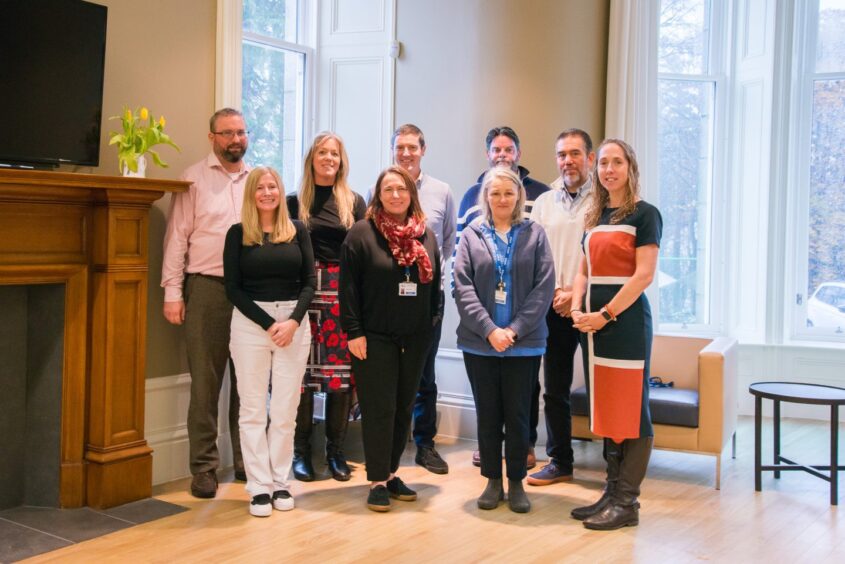
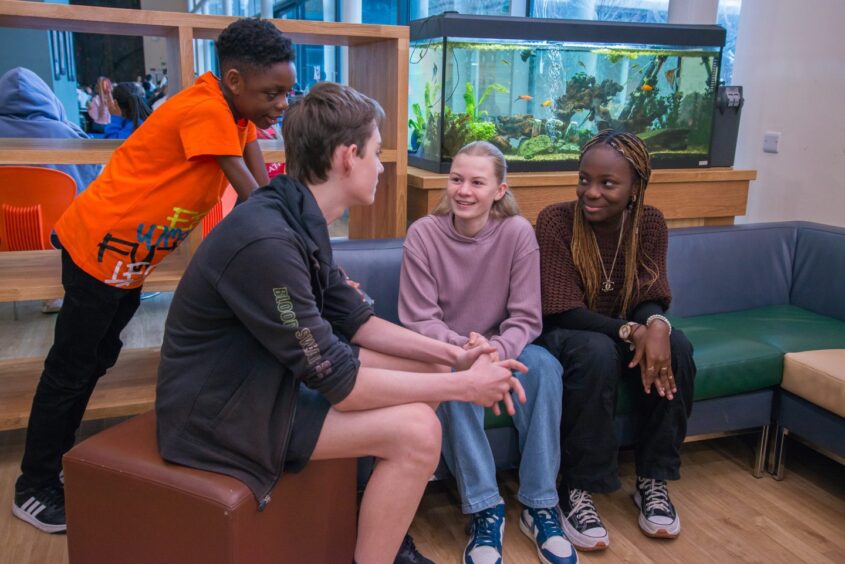
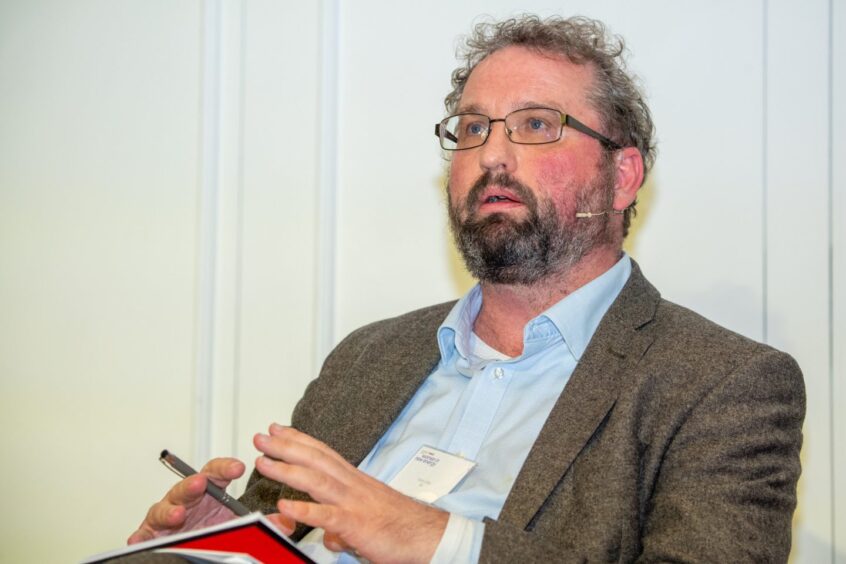
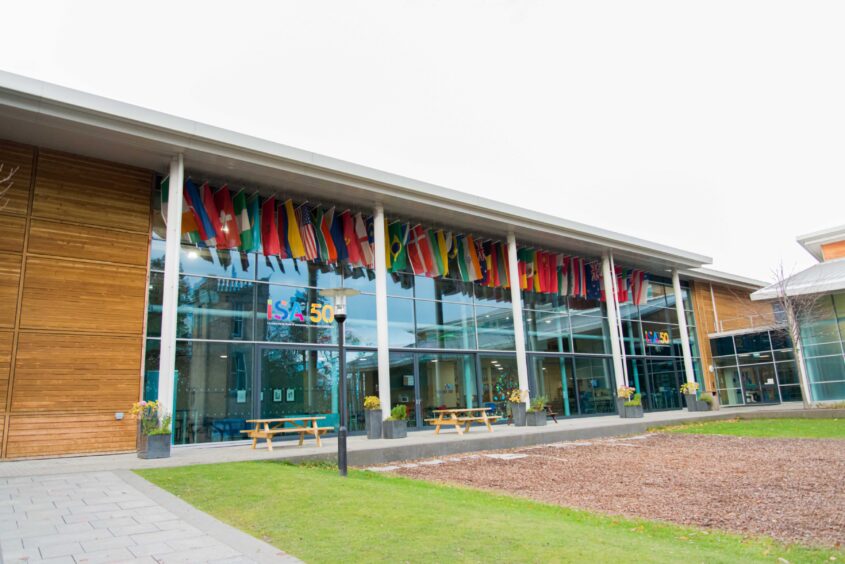
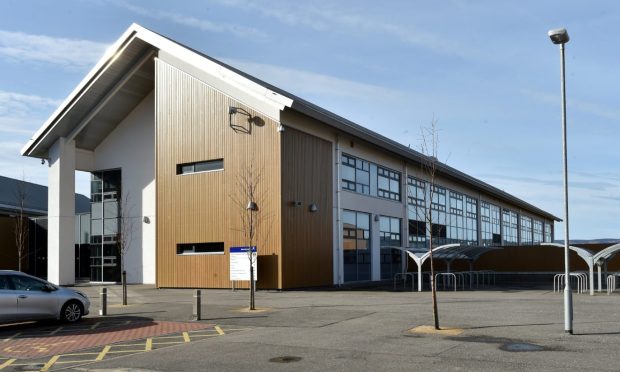
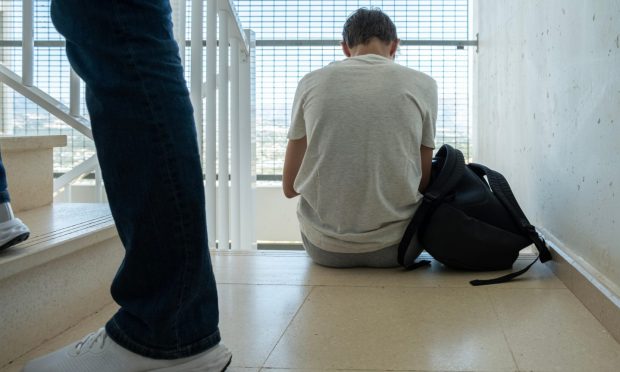
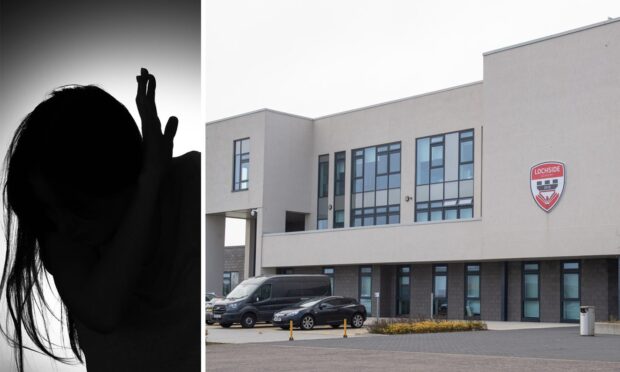
Conversation